- Home
- About
- News
- Publications
- Partners
- Mediterranean Plant Specialist Group (IUCN/SSC)
- Sóller Botanical Garden Foundation, Balearic Islands
- National Botanical Academy of Corsica
- Hortus Botanicus Karalitanus
- University of Catania
- Mediterranean Agronomic Institute of Chania
- Agricultural Research Institute of Cyprus
- Department of Forests of Cyprus
- Outputs
- Contact
Conservation Actions for Threatened Mediterranean Island Flora: ex situ and in situ joint actions
CARE-MEDIFLORA- Sicily field-trip, 6-8 July 2017
13 July 2017

The third joint field trip of the project took place in Sicily from 6 to 8 July 2017. The sunny and hot biggest Mediterranean island hosted the CARE-MEDIFLORA team in its full composition. More than 20 botanists and conservation specialists participated in the 3-day field work, exploring some of the most beautiful sites of eastern Sicily.
The first day was dedicated to the visit of some Nature Reserves from south-eastern Sicily. In particular, a short walk, mostly under the canopy of a riparian woodland (see photo below), dominated by Platanus orientalis and Salix pedicellata, led the participants, guided by the Director Dr. Elena Amore, through the Nature Reserve “Complesso Speleologico Villasmundo-S.Alfio” (see photo below). In this reserve, a CARE-MEDIFLORA action is the fencing of three small areas in order to protect the population of Urtica rupestris, a narrow paleo-endemic chasmophyte occurring only in the Hyblean Plateau (Syracuse, SE Sicily) with few-numbered populations. A rather richer population of U. rupestris occurs along the river Moscasanti (see photo below) within the Nature Reserve “Grotta Monello”, which was visited soon after. This population represents the main source for seed collection and plant production (see photo below). An amazing cave (see photo below) was explored by the CARE-MEDIFLORA group guided by Dr. Salvo Costanzo, geologist and Director of the reserve. The second half of the day was dedicated to the visit of the Nature Reserve “Oasi di Vendicari”, where hundreds of plants of sand dunes, wetlands and rocky coasts are undeniable protagonists of one of the most beautiful and well preserved coastal areas of Sicily (see photo below). Here, a CARE-MEDIFLORA conservation action is focused on Aeloropus lagopides, an herbaceous species linked to salt marshes whose extension and quality is drastically reducing in Sicily.
The highest active volcano of Europe and the most relevant landmark of Sicily was visited during the second day. A mountain day was fully dedicated to “the most perfect of the Mediterranean mountains”, as Mt. Etna was defined by Nicola Piovene (1957), one of the greatest Italian writers and journalists of the twentieth century. Our walk started from Mts. Sartorius (ca. 1,700 m a.s.l.), a lateral eruptive system originated from a single event that occurred in 1865 (see photo below), and after about 6 km of up-and-down walking it finished at Mt. Conca (top left photo). Accompanied by two volcanologists of the I.N.G.V. (National Institute of Geophysics and Volcanology), Dr. Stefano Branca and Dr. Gianfilippo De Astis, several endemic-rich plant communities were explored: from the narrow endemic Betula aetnensis-dominated open woodlands (see photo below), through the Gymnosperm-dominated phytocoenoses (e.g. Pinus nigra subsp. calabrica and Juniperus hemisphaerica), up to the relic oro-echinophytic dwarf shrubby vegetation dominated by Astragalus siculus and Cerastium tomentosum (see photos below). As regards the CARE-MEDIFLORA project, the whole area of Mt. Etna (ca. 1,190 Km2) has been selected for seed collection of several endemic or phyto-geographically relevant taxa, as well as for in situ conservation actions on Betula aetnensis, a neo-endemic closely related to Betula pendula (see photo below).
Finally, the third day was dedicated to the exploration of two small islets, northward of Catania. First, we visited Isola Lachea falling within the Nature Reserve “Isola Lachea e Faraglioni dei Ciclopi” (see photo below), which is directed by Dr. Domenico Catalano. It is a small volcanic islet, facing the small town of Acitrezza (Catania). In the past, Acitrezza was a typical fishing village from where fishermen sailed with their coloured, wooden boats. Nowadays, little or nothing of that traditional culture still exists. Urban sprawl and touristic facilities are severely altering the coastal ecosystems, once rich in autochthonous pioneer plant species but now replaced by invasive alien species, such as Opuntia ficus-indica, Ailanthus altissima, etc. Aim of the project is to eradicate such invasive species (see photos below), translocate Dianthus rupicola subsp. rupicola, endemic taxon from the Sicilian and southern Italy cliffs, and favouring the re-establishment of the thermo-xeorophilous vegetation with Euphorbia dendroides, Pistacia lentiscus, Olea europaea var. sylvestris. The 3-day field trip ended in the breathtaking scenario of Isola Bella (Taormina), a Nature Reserve protected both for its historical beauties and endemic plants, such as Limonium ionicum and Colymbada tauromenitana.
Photos of Day 1
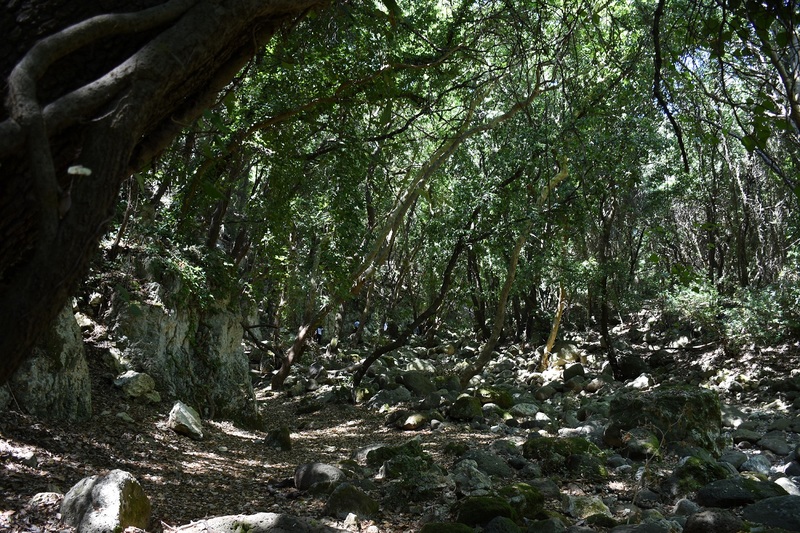
Riparian woodland with Platanus orientalis and Salix pedicellata (Nature Reserve “Complesso Speleologico Villasmundo-S.Alfio”, SE Sicily).

Briefing before visitng the Nature Reserve “Complesso Speleologico Villasmundo-S.Alfio”, SE Sicily).

Urtica rupestris Guss. (Nature Reserve “Grotta Monello”, SE Sicily).
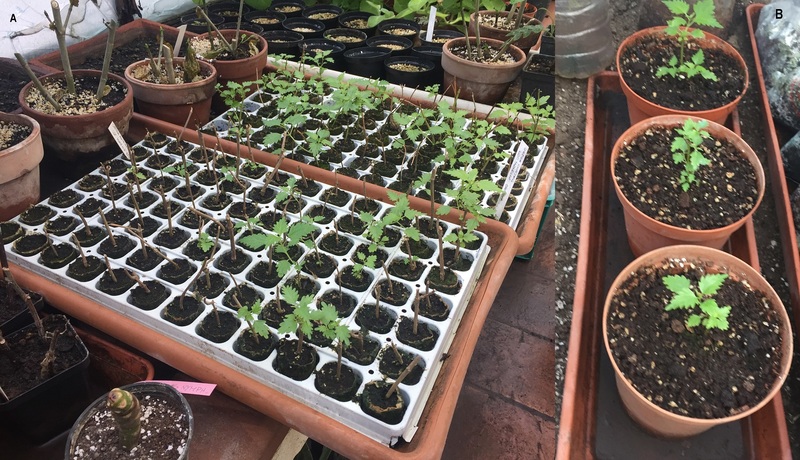
Plant nursery with Urtica rupestris Guss. (Botanical Garden, Catania).

Visiting the cave (“Grotta Monello”, SE Sicily).

Salt marshes (Nature Reserve “Oasi di Vendicari”, SE Sicily).
Photos of Day 2
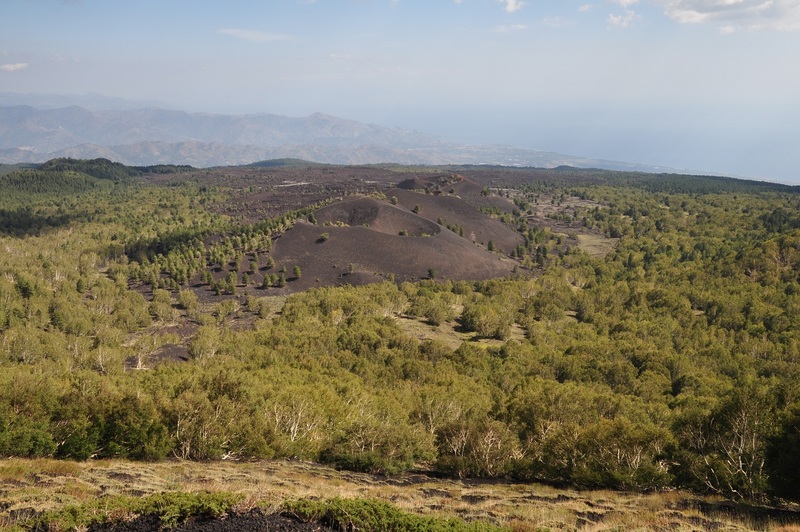
Mts. Sartorius (1,700 m a.s.l., NE Etna).
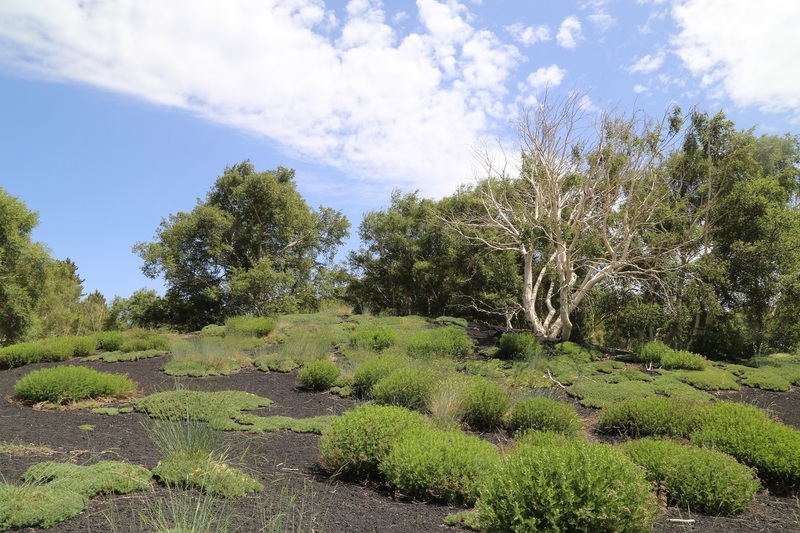
Open woodlands with Betula aetnensis (NE Etna).

Astragalus siculus Biv. (Mt. Baracca, NE Etna).

Cushion-like Astragalus siculus “hosting” Cerastium tomentosum and Secale strictum (Mt. Conca, NE Etna).
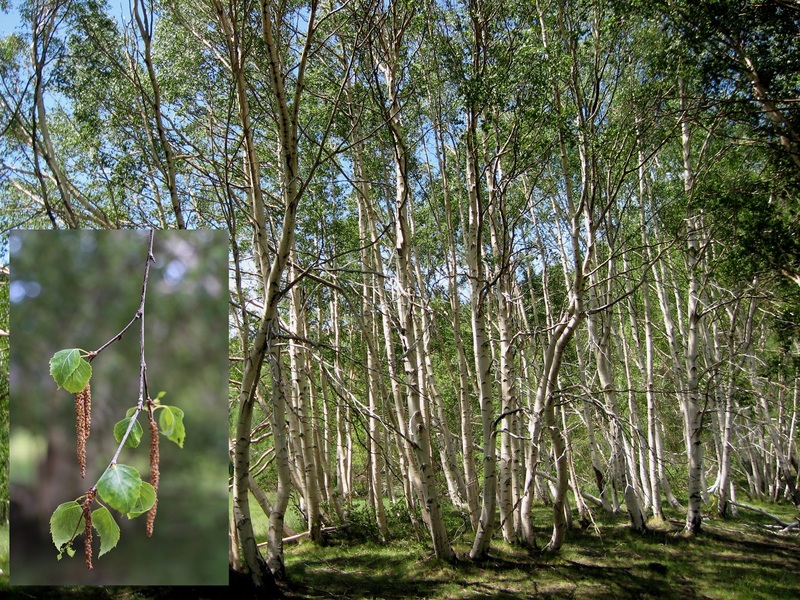
Betula aetnensis Rafin. (NE Etna).
And "Happy Birthday" from Mt. Etna, click here to see video.
Photos of Day 3

Faraglioni dei Ciclopi from Isola Lachea (Catania, E Sicily).


Eradication of Opuntia ficus-indica (Isola Lachea, E Sicily).








